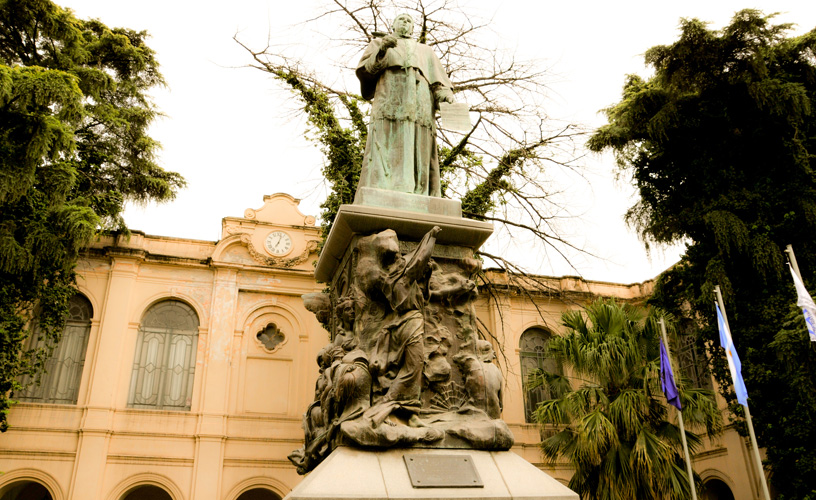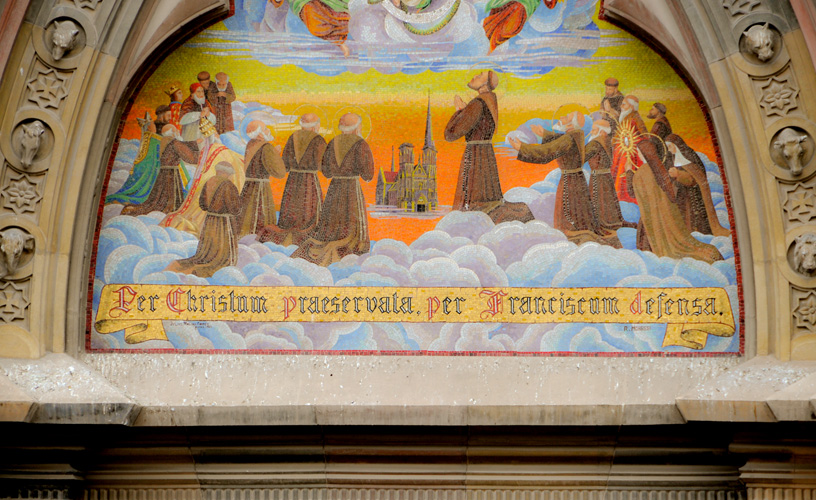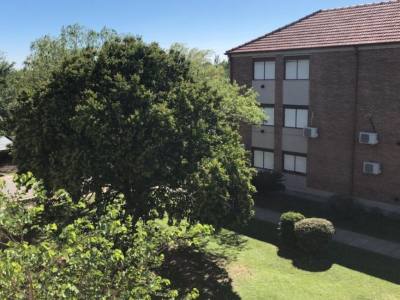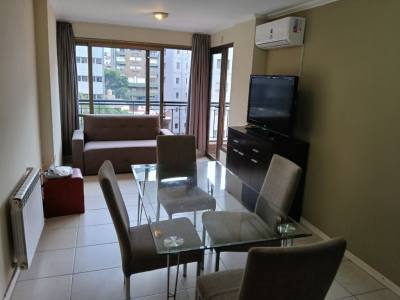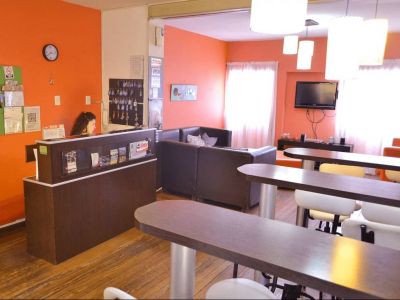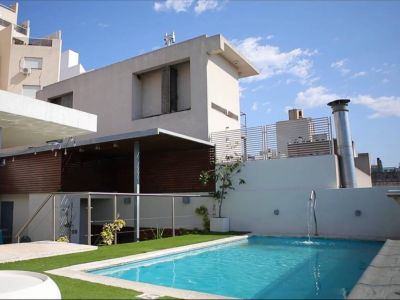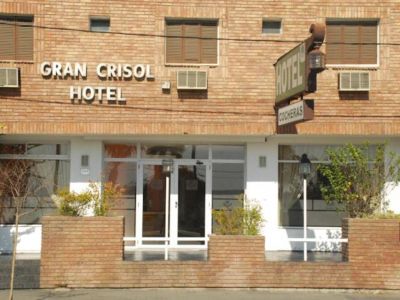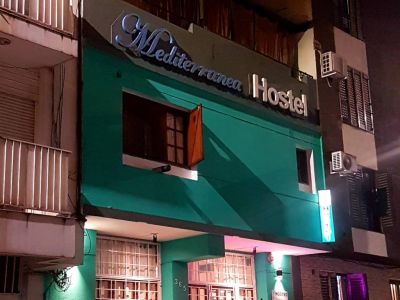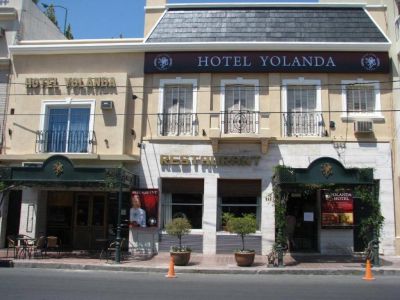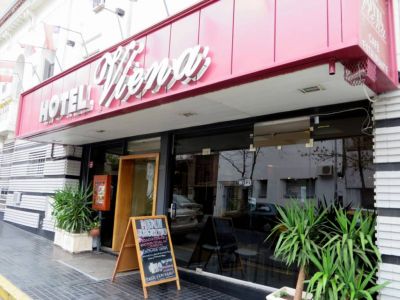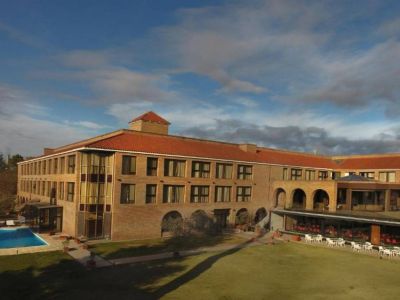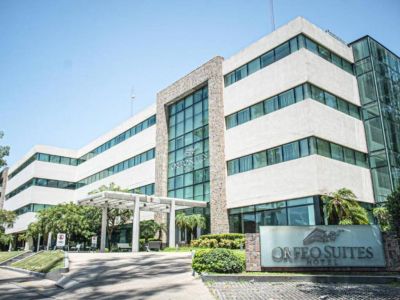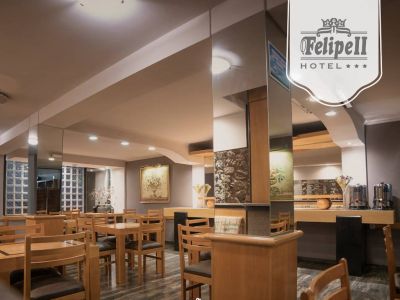Chosen by the Jesuits to pass on their doctrine, the creation of the University has been the zenith of this religious order in America.
After they settled down in this block in 1599, the Jesuits devoted themselves to their mission: apostolate and education. Córdoba had been chosen for several reasons, mainly its strategic location amid the three political territories of Paraguay, Tucumán and Chile included within the Jesuit Province of Paraguay.
The school known as Colegio Máximo (Collegium Maximum), where Theology (Morals), Latin (Humanities) and Art (Philosophy) classes were initially dictated, was created in 1610. In 1613, the Council of the Indies and King Philip III authorized the Company of Jesus in America and the Philippines to grant academic degrees. Thus, the Jesuit University of Córdoba, whose first degrees were granted at the former City of Talavera de Esteco in 1623, was created.
For several decades, the Jesuits faced the challenge of running the Collegium Maximum with scarce resources and the continuous flow of young men who wished to study there. The development of rural undertaking in the Jesuit estancias was supposed to support all the activities in the block.
New works to enlarge the Collegium Maximum were carried out between 1735 and 1742. Two stories whose distinctive features were the vaults built by architect Giovanni A. Bianchi. After the Jesuits were expelled in 1767, the University had the same fate as Monserrat College: leadership passed to the Franciscan order, which also focused on education but without the capacity to confer academic degrees.
In the early nineteenth century, the University was run by the provincial government first and the national government later. During Urquiza’s administration, Minister Santiago Derqui established a regime of national scholarships so that each province would send five young students to Córdoba.
Time went by and the center of studies maintained its prestige, sustained by the entire educational community. Ever since 1860, the University building was refurbished and its cloisters decorated. The main door we see today was opened on Obispo Trejo Street, and the botanical garden was created in the main yard.
The University of Córdoba was responsible for the main academic education changes in the country. It used to lodge young idealists that showed their rebelliousness in 1917.
Amid a society that was getting more and more immersed in politics, the then rector Julio Deheza proceeded to end the boarding school regime of the hospital known as Hospital Nacional de Clínicas and communicated this measure to Hipólito Yrigoyen’s administration. As a result, the students went on strike on March 13, 1918. On April 11, the federal government ordered the intervention of the University and the reformation of its by-laws, thus giving way to several incidents both inside and outside the cloisters. In June, the Argentinian University Federation gathered in Córdoba declared a national students’ strike with the purpose of changing the obsolete syllabuses, defend university autonomy, joint ruling and the democratic election of authorities. The University Reform of 1918 arose in Córdoba and spread throughout the rest of the country. It also had repercussions in the entire American continent.
Within the context of the declaration of World Heritage by UNESCO, several reforms were made at the seat of the former Rectory, including the creation of the University Museum. Several constructions may be seen around the main yard, namely: a hall known as Salón de Grados, located on the right, which used to house the Spanish Chapel, the Jesuit Library, to the left and adjoining Our Lady of Monserrat College. An important collection of books from the Jesuit period were returned to the University and is now on display on the ancient highly resistant walls.
At the back of the yard, there is an invitation to walk along the original corridor that joined the Church and the University, as well as the rest of the facilities (Monserrat College today), to appreciate the murals and some pieces that give evidence of the work done by the Company of Jesus in Córdoba and the history of the University. This experience undoubtedly is a journey back in time tracing the Jesuit legacy.
After 315 years, students continue to be granted an education based on “virtue and letters”, the principles stated by the followers of Loyola.
Pablo Etchevers
Eduardo Epifanio

